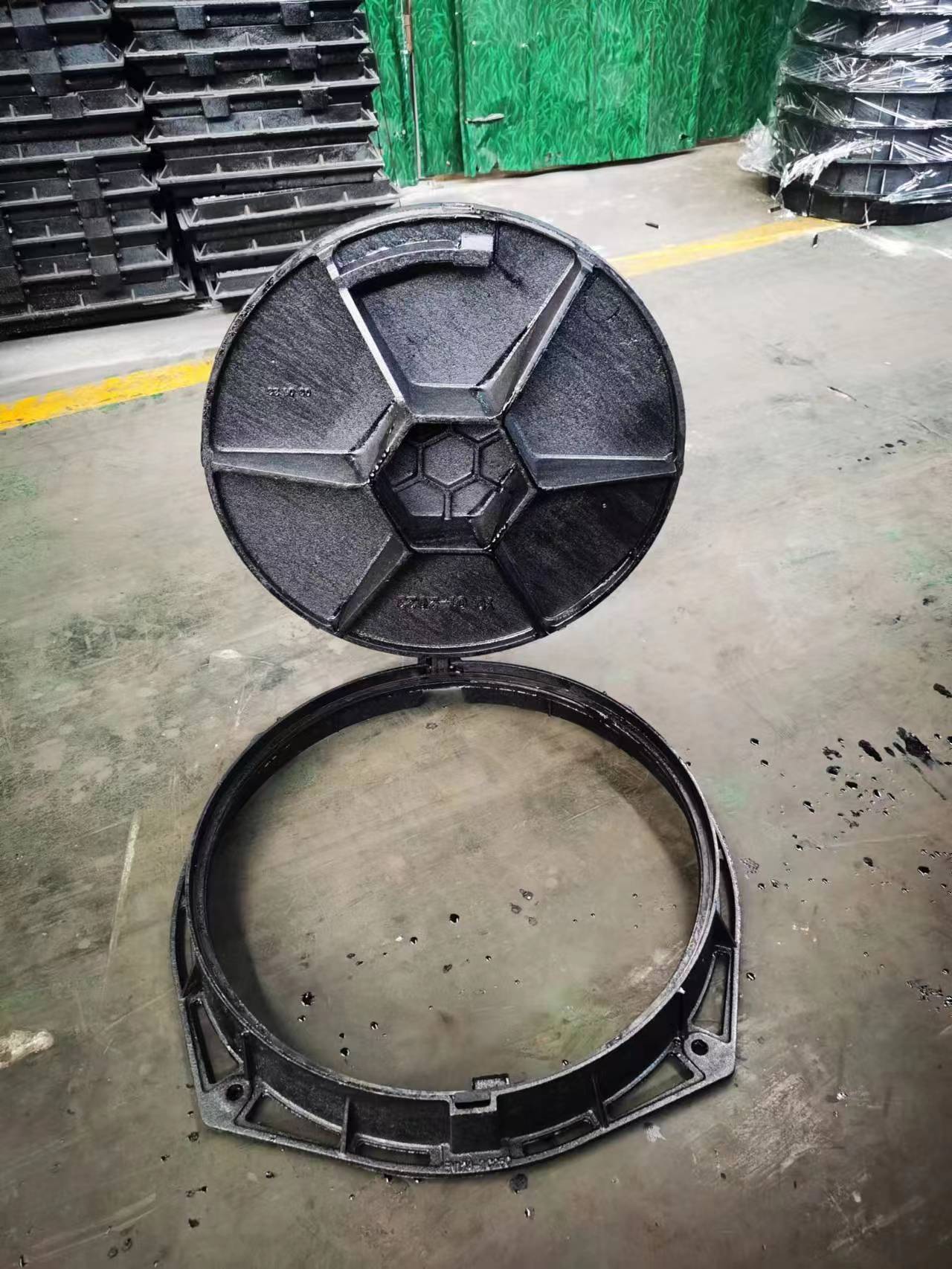gearbox operated butterfly valve
Gearbox Operated Butterfly Valve A Comprehensive Overview
The gearbox operated butterfly valve is an essential component in various industrial applications, playing a critical role in the control and regulation of fluid flow. This type of valve combines the durability and reliability of a butterfly valve with the mechanical advantage of a gearbox, enabling precise control in demanding environments.
Design and Functionality
A butterfly valve consists of a circular disc or vane that rotates around a central axis to either block or allow the flow of fluid through a pipe. It is named for its design, which resembles the wings of a butterfly. The gearbox, typically mounted on the valve stem, transforms the rotational motion of the valve actuator into the necessary torque to rotate the disc. This mechanical advantage makes it easier to operate the valve, especially in larger sizes requiring significant force.
Gearbox operated butterfly valves are designed for on-off applications and throttling services, providing an effective solution for flow regulation. The use of a gearbox allows for an extensive range of control, enabling operators to adjust the valve position accurately from a distance. This is particularly beneficial in scenarios where the valve is located in hard-to-reach areas or where high pressure differentials exist.
Applications
These valves are prevalent in various industries, such as water and wastewater treatment, oil and gas, chemical processing, and power generation. In water treatment facilities, they control the flow of water during purification processes, ensuring that the right amount of water is allowed past at any given time. In the oil and gas industry, gearbox operated butterfly valves manage the flow of hydrocarbons, serving as a safeguard against over-pressurization and leaks.
In power generation plants, these valves are critical in cooling systems, governing the flow of water or steam to maintain optimal operating conditions. Their lightweight design and low-pressure drop characteristics make them an excellent choice for energy efficiency improvements across various processes.
gearbox operated butterfly valve

Advantages
The combination of a butterfly valve and a gearbox offers several advantages. Firstly, they occupy less space compared to traditional gate valves or other large valves, making them suitable for installations with spatial constraints. Secondly, their design results in a lower weight, resulting in easier handling and installation. Thirdly, the gearbox aids in reducing wear and tear on the valve components, extending the lifespan of the equipment.
The ability to precisely control flow with minimal effort is another crucial advantage. Operators can maintain desired flow rates without excessive physical exertion, reducing the risk of operator fatigue or error. Furthermore, gearbox operated butterfly valves can function effectively across a wide range of temperatures and pressures, making them highly versatile for various applications.
Maintenance Considerations
Despite their robust design, regular maintenance of gearbox operated butterfly valves is vital. Operators should routinely inspect both the valve and gearbox for signs of wear, leaks, or other potential issues. Lubrication of the gearbox is particularly crucial to ensure smooth operation and prevent component degradation. By adhering to a preventive maintenance schedule, facilities can minimize unexpected downtimes and prolong the service life of the valves.
Conclusion
In conclusion, gearbox operated butterfly valves represent a blend of functionality, efficiency, and reliability. Their unique design and capabilities make them an invaluable asset in numerous industrial sectors. As industries increasingly focus on automation and precise control, these valves are poised to remain at the forefront of fluid regulation technologies, ensuring safe and efficient operation in complex systems. By understanding their design, applications, advantages, and maintenance needs, operators can make informed decisions on incorporating these vital components into their systems.
-
The Smarter Choice for Pedestrian AreasNewsJun.30,2025
-
The Gold Standard in Round Drain CoversNewsJun.30,2025
-
The Gold Standard in Manhole Cover SystemsNewsJun.30,2025
-
Superior Drainage Solutions with Premium Gully GratesNewsJun.30,2025
-
Superior Drainage Solutions for Global InfrastructureNewsJun.30,2025
-
Square Manhole Solutions for Modern InfrastructureNewsJun.30,2025
-
Premium Manhole Covers for Modern InfrastructureNewsJun.30,2025
